
Read or listen offline
Amazon KindleRecommendation
"Just a spoonful of color would have made the investment philosophies go down, in the most delightful way." To paraphrase nanny Mary Poppins’ advice to add honey to nasty-tasting medicine, you may wish that this informative tome was more colorfully written, but you could not wish for a more solid dose of information. Aswath Damodaran backs up his explanations of investing philosophies with ample studies, detailed graphics and a website, even if you need to absorb the dense, detailed data in 15 minute chunks. This well-researched, solid book will be useful to individual investors, investment managers and anyone who wonders why various investment philosophies succeed and how (and at what risk) portfolio gains are made. The index investing chapter and the final summary are required reading for investors wondering how huge portfolios crashed after U.S. equities collapsed. getAbstract.com recommends this soup-to-nuts introduction to sophisticated investing. Your financial security could hinge on a good grasp of the issues it covers.
Summary
About the Author
Aswath Damodaran teaches finance at the New York University School of Business. He also teaches corporate finance and valuation training courses for various investment banks. Finance runs the family - his father managed a large U.S. automaker’s pension fund for many years. Damodaran’s previous books include Investment Valuation, Corporate Finance, Investment Management, Applied Corporate Finance and The Dark Side of Valuation.








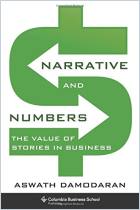
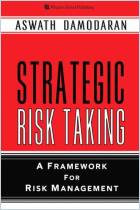
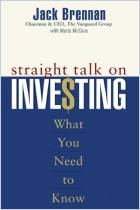
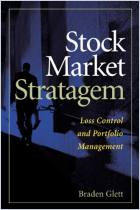
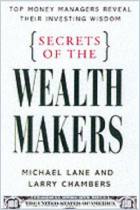
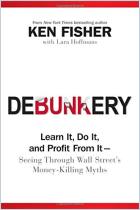
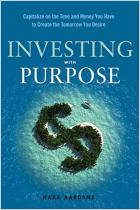



Comment on this summary